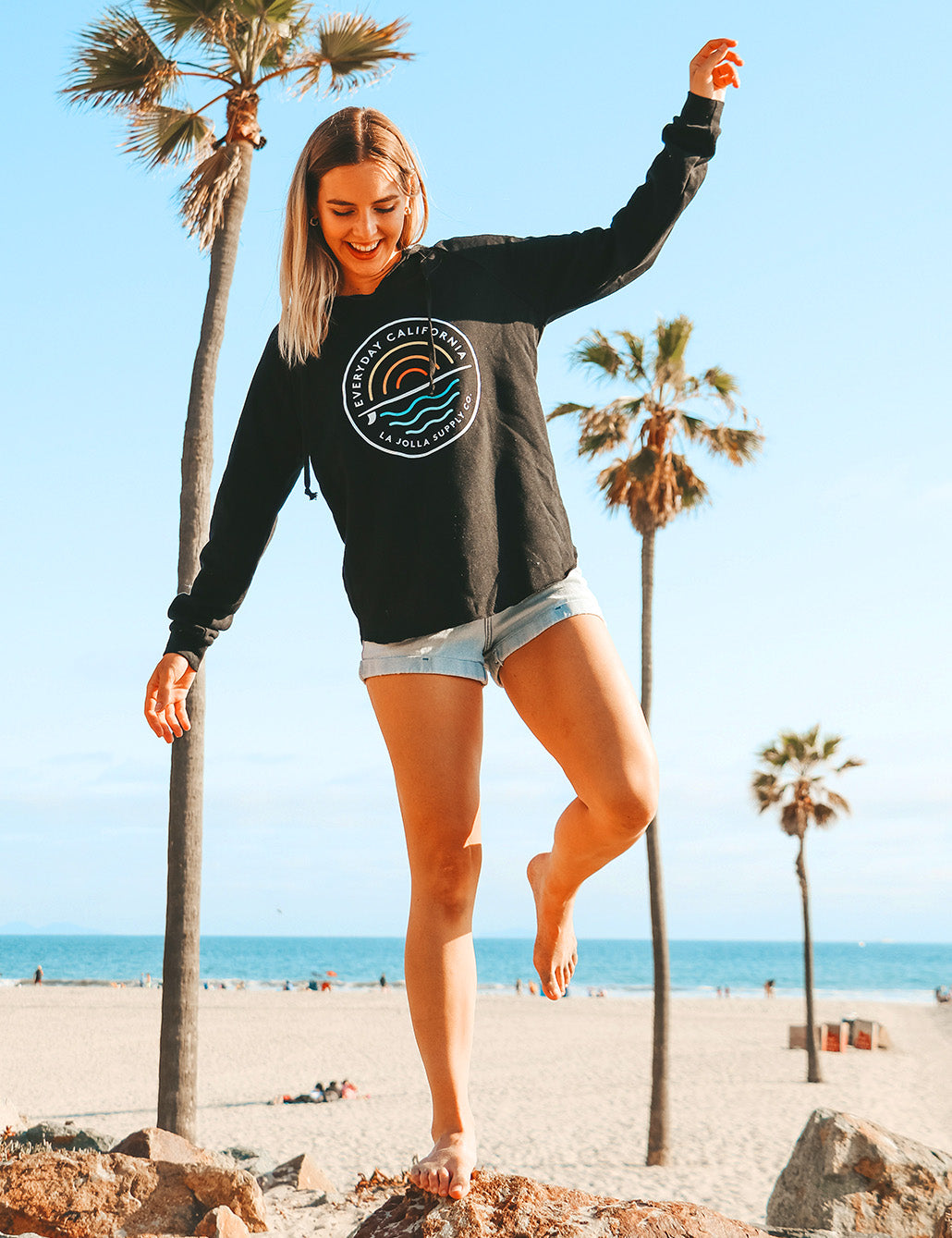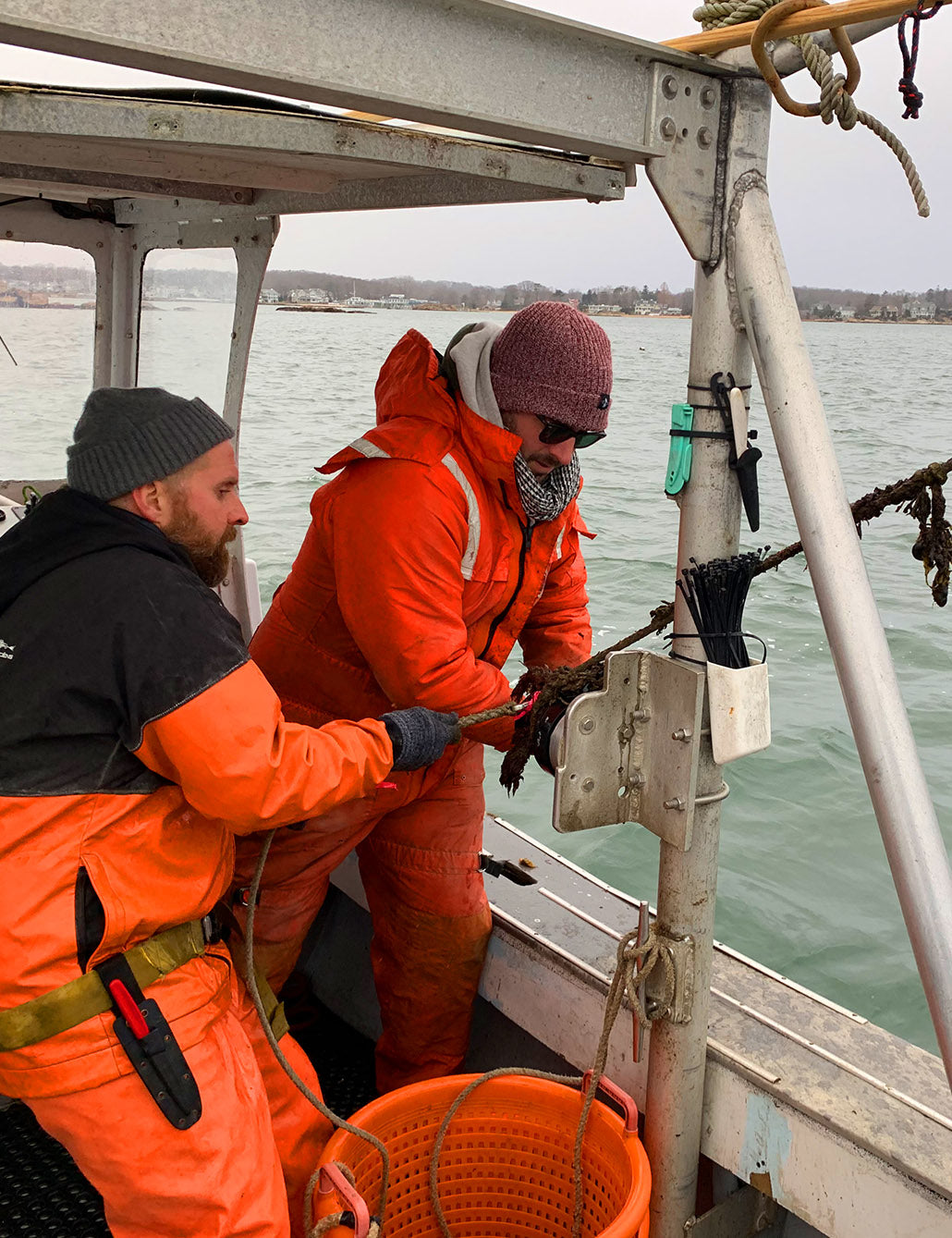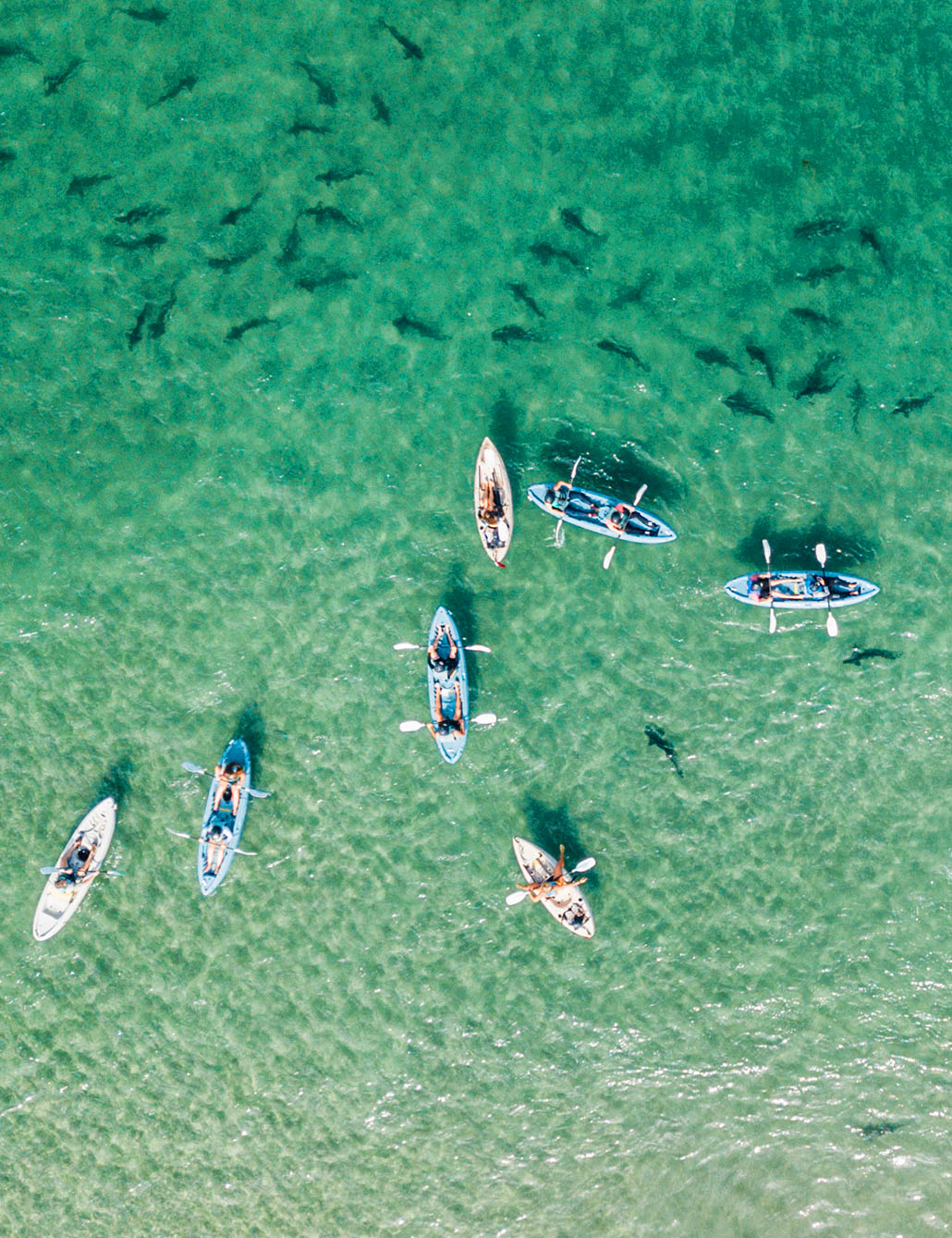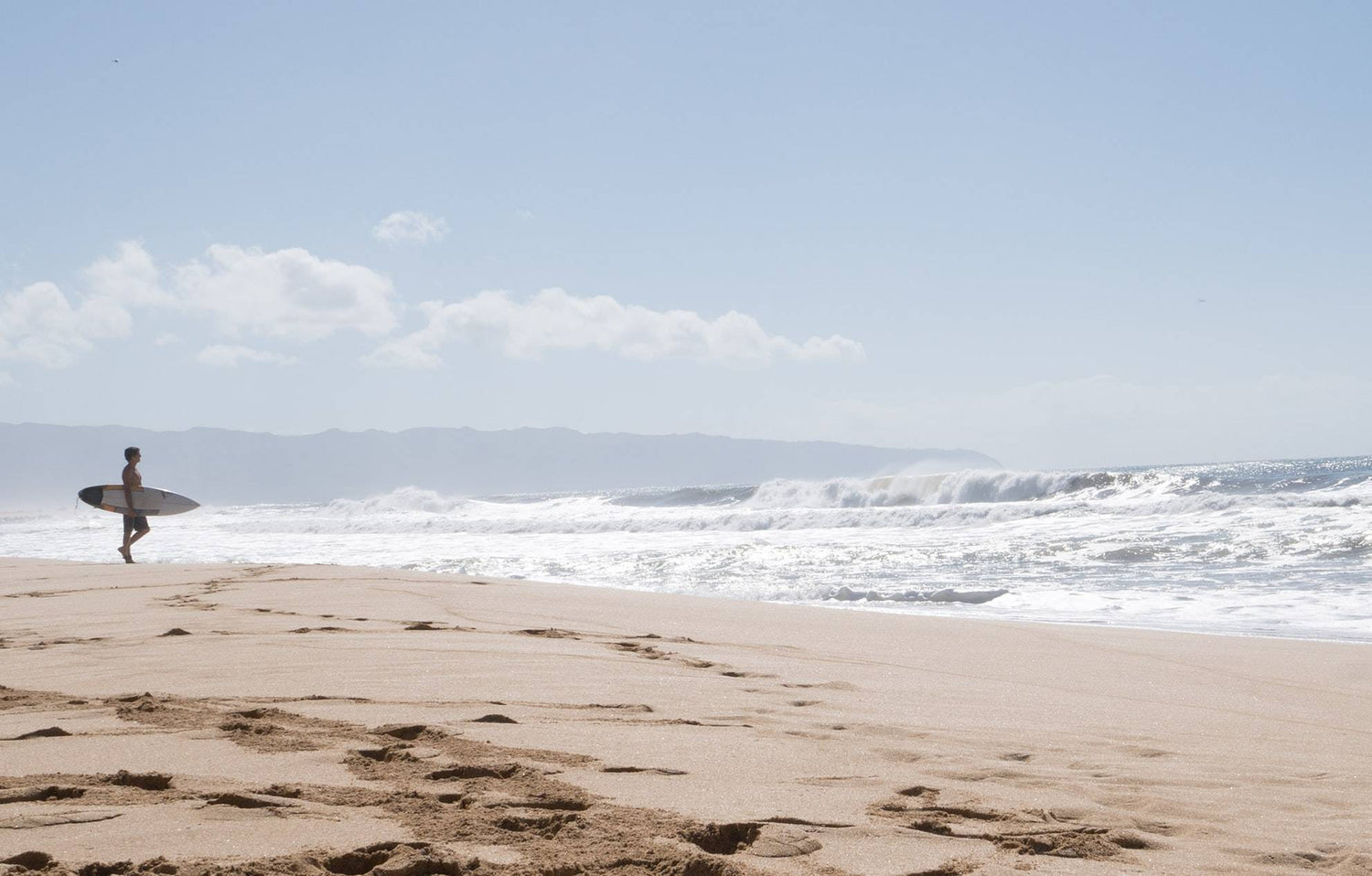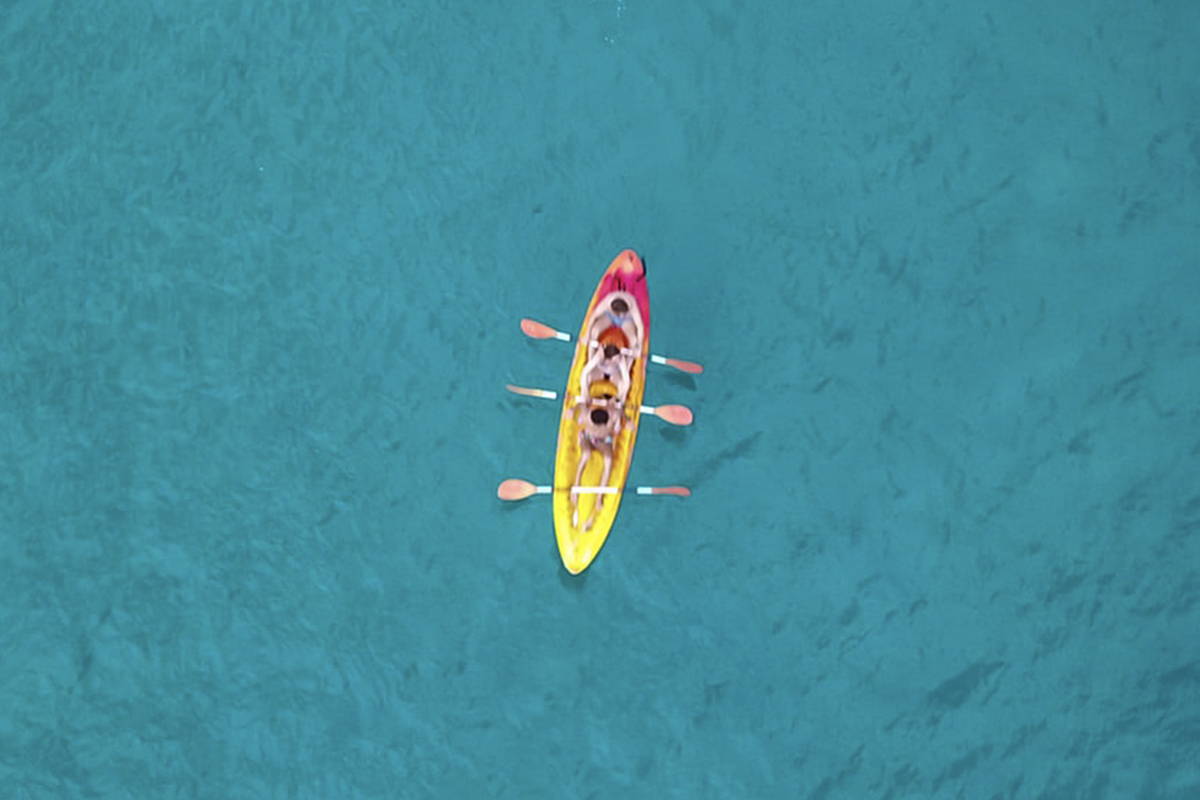By Andrew Iida I Head Writer & Resident EMT
If you’ve been following along with our Surfing 101 series, you know the history of surfing and the best gear for a new surfer, but there’s another important thing to keep in mind before you hit the water. In this post, we’ll be talking about the proper surf etiquette and giving you some pointers on how to avoid being labeled a kook. Here are the 10 most essential rules of surf etiquette.
1. Find a location that matches your skill level
Beaches are not all the same. There are places with gentle waves perfect for beginners, places with powerful waves only suitable for advanced surfers, and some places with waves so intense that even the pros have to be a little bit insane to surf there.
If you’re learning how to surf, you need to find a beach that’s appropriate for your skill level. If you go somewhere like The Wedge in Newport Beach for your first time, you’re going to leave with bad memories of an awful experience (if you survive).
There are a ton of resources available online to help you find the best beach to learn to surf, including this Surfline list of the top 10 locations in the country. We’re pretty stoked that La Jolla Shores made the list. You can also call your local surf shop and ask them for recommendations for beginners surfing spots. Experienced surfers are always happy to point newcomers in the right direction because nobody wants a kook taking up the advanced waves.
In general, you should be looking for slow-breaking waves in waist-high water with a sandy bottom. Avoid rocky reefs until you are confident that you’re not going to wipe out.

If you're a new surfer and you see waves like this, find another beach
2. Take some time to watch the surf before you paddle out
Beaches that are known as good pace to learn can still have days with conditions too intense for a beginner. Spend some time looking at the waves to see what the sets look like, where they’re breaking, and then decide if the conditions of the day match your ability level.
You should also use this time to locate any hazards that you might need to avoid, like reefs or rip currents. Rip currents are channels of water that flow away from the shore towards the open ocean, sometimes faster than a person can swim. Signs of a rip current include areas where the waves aren’t breaking, channels of discolored water, and lines of foam moving away from the beach.
It can be scary if you’re caught in a rip current, but don’t panic and don’t try to fight against it. Just stay on your board (a life saving flotation device), and paddle parallel to the shore until you escape the current.
Surf vocabulary:
Beach break (n): A type of surf where the waves break over a sandy sea floor as opposed to a reef or point. Beach breaks are great for beginner surfers because wiping out onto soft sand is always preferable to hitting jagged rocks.
3. Respect the right of way
We’re all familiar with the right of way when it comes to driving, and it’s just as essential while surfing. When you’re in the lineup, the most important skill you can have is patience—don’t try to take a wave until it’s your turn. Many beaches have consistent, predictable waves, so it’s easy to see whose turn it is. The surfer that is closest to the peak of the wave, the part where it starts to break, has the right of way for that wave. If you’re not that surfer, stay off the wave.
Sometimes a long wave will break in the middle, which is known as a split peak or A-frame. In this situation, two surfers can take the wave if they’re on opposite sides of the peak. Communication is important here, and a quick, “I’m going left,” can help avoid injuries.

A -frame: two surfers took the wave because they both had the right of way
4. Don’t snake
Snaking is the act of cutting in front of other surfers in the lineup. It’s not as dangerous to others as dropping in on someone, because the other surfers will usually still respect the right of way, but just like cutting in line anywhere else, snaking is incredibly rude.
Snaking can be dangerous for the surfer who does it, not because of what happens on the water, but because surfers have been known to “fix” these people with their fists.
Surf vocabulary:
Lineup (n): The place where the waves are breaking, where surfers queue up.
Bottom turn (n): A technique in which you turn at the bottom of a wave’s face, turning your forward and vertical momentum into horizontal momentum. Bottom turns are the fundamental technique for an intermediate surfer.
5. Don’t drop in on another surfer
Trying to catch a wave in front of someone who has the right of way is one of the worst things you can do to another surfer. It will ruin their ride because they’ll have to kick out sooner than they should have, and dropping in on another surfer can lead to serious injuries if it results in a collision.
Know your place in the lineup. At some point in your surfing career, you’ll accidentally drop in on someone. When this happens, it’s important to kick out as soon as you realize what you’ve done.

Unless they agreed beforehand to share the wave, the surfer on the right dropped in on the other surfer
6. Don’t hog the waves
This is especially important for people who ride foam boards or longboards (and if you took our advice in our Beginner Surfing Gear post, you’re riding a soft-top longboard). Boards like these with higher volumes can catch waves that shortboards cannot because shortboards need faster waves. You can paddle out further to catch waves earlier and ride waves that shortboard surfers will ignore. Technically you’ll have the right of way, but if people see that you’re taking every wave without giving anyone else a chance, they’ll probably give you a hard time. Surfing usually isn’t compatible with selfishness.
Surf vocabulary:
Party wave (n): A wave ridden by multiple surfers who agree to ride a wave together. If you try to ride with someone who doesn’t want the company, you’re not making a party wave. You’re dropping in on them. Stop it.
Cutback (n): A technique following a bottom turn, in which the surfer digs the rails into the face of the wave to perform a sharp turn towards the broken wave, bringing him or her back to the pocket.
7. Don’t ditch your board!
A lot of new surfers have a false sense of security from their leash. If the surfboard is tied to you, you don’t have to worry about losing control and hitting other surfers, right? Wrong. So, so wrong. If you have an 8’ board with an 8 foot leash, ditching your board means that anyone within a 16’ radius of you is in danger.
If you do have to leave your board in an emergency, make sure there’s nobody around you, and regain control of the board as soon as possible. If you can, try to grab the leash with one hand at the base where it connects to the board. This will reduce the radius of your swinging board to half, give you better control, and help you float to the surface if you are caught inside a large set.

He's not wearing a leash, and his board is nowhere in sight. If you see this in front of you, watch out!
8. Know when and where to paddle out
Even when you’re the only one on the beach, you should wait for a lull and paddle out away from where the waves are breaking. If you try to paddle straight into the peaks, you risk getting caught inside, which will force you to waste a lot of energy. It’s always better to go out where the water is calm, paddle past the breakers, and then make your way to the lineup.
On crowded beaches, it’s even more important to paddle out correctly. Going straight for the peaks will put you directly in the path of other surfers, who will have to bail out to avoid hitting you. When you do find yourself between a surfer and the shore, be sure to try to paddle behind them so that they don’t have to change their course.
Surf vocabulary:
Grom (n): A young surfer, typically 15 years old or younger. Grom is a shortened form of Grommet.
Pocket (n): The part of a wave just in front of the broken section, where the wave has the greatest speed and power
9. Leave the beach better than you found it
That’s right, one of the biggest rules of surfing etiquette has nothing to do with riding waves. A lot of surfers are in the water every single day, and many of them develop a strong appreciation for nature and the preservation of our world. You should strive to leave nothing behind except for footprints, and if you see trash left by someone else, pick it up. Few things will kill a good vibe faster than watching a sea turtle choke on a plastic straw before you surf.

Nobody wants to surf on a beach that looks like this
10. Show respect to everyone on the water
All of our surfing etiquette tips can be boiled down to this one rule: show respect, both to your fellow surfers and to the ocean. You will eventually break at least a few of these rules, but as long as you’re not doing it repeatedly and intentionally, a quick apology is all you need to avoid starting a confrontation.
And when you’re more experienced, you will start to see new surfers breaking the rules. When this happens, try to show them respect as well. They’re going through the same learning curve that you did when you started surfing, and the vast majority of people want to learn the proper etiquette. Give them some pointers on what they’re doing wrong, and you’ll help to create a positive community of surfers.
We love to hear from our readers. What are the most common etiquette mistakes you see from new surfers? How did you react? Let us know in the comments below!


